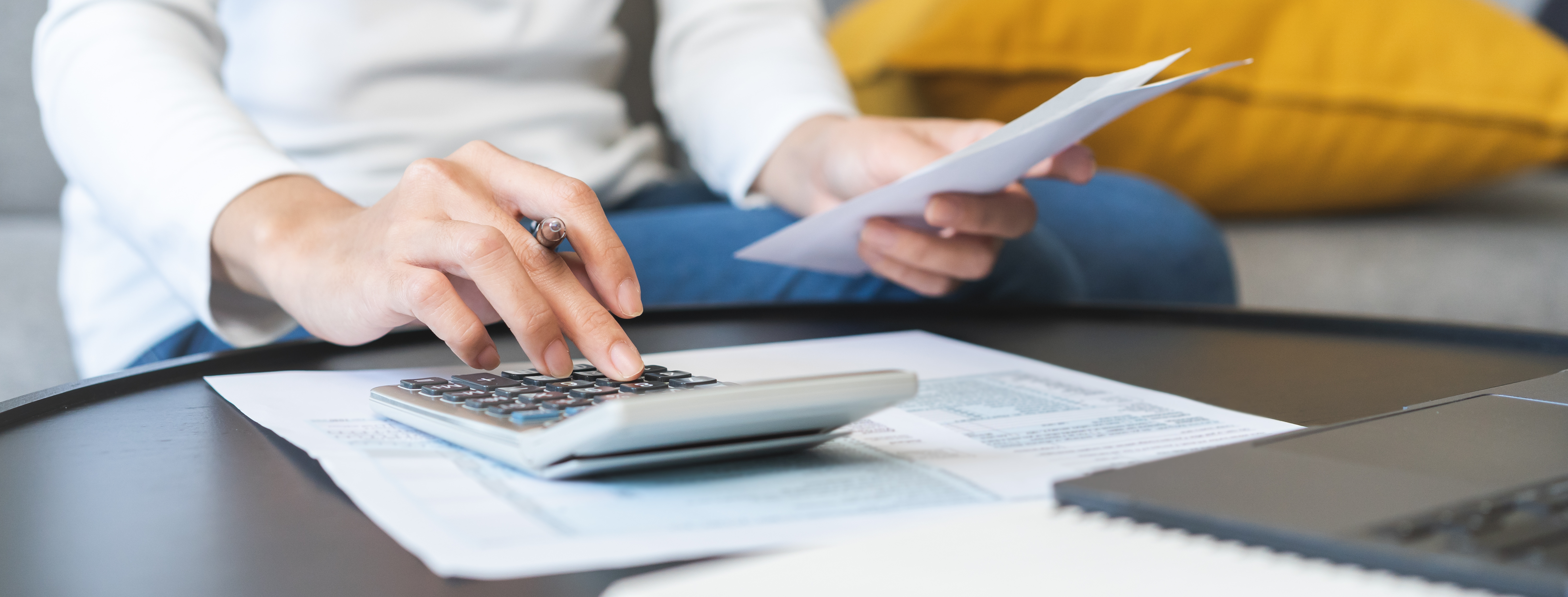Section 179D can be an excellent way for businesses to reduce their taxable income. But, like all good things in life, it has its limitations.
This article will explore the rules, regulations, and limits of claiming the Section 179D tax deduction.
What Is Section 179D?
Section 179D is a federal tax provision that allows property owners and certain businesses to deduct as much as $5 per square foot of qualifying building improvements they make during a given tax year. It enables claimants to greatly reduce their taxable income and, in return, realize higher profit.
Section 179D was added to Section 179 in 2005, implemented with the intention of incentivizing sustainable designs in AEC. It is a valuable tool for contractors and firms that undertake such projects, especially those on a large scale.
Section 179D Deduction Limits and Rules
Section 179D offers benefits that make companies' operations better, like reduced taxable income and incentives to keep up with industry standards. It also serves a very important purpose of improving the environment by rewarding energy-saving investments.
However, there are limitations and rules to 179D deductions that must be considered when applying.
Business Qualification Criteria
Section 179D specifically applies to commercial building owners and AEC firms that work on qualifying projects for non-tax paying entities. In order to claim the benefit, companies need to provide the IRS with an allocation letter from the property’s owner authorizing the transfer of the credit.
Eligible Projects
The benefits of Section 179D are limited to specific types of building improvements and generally only apply to those put into use in the same tax year that the deductions are claimed. Examples of qualifying projects include:
- high-efficiency heating, cooling, and ventilation systems
- energy-efficient lighting
- insulation
- appliance upgrades
These improvements must yield a minimum 25% reduction in energy costs in order to be considered eligible.
Minimum Improvement Standards
The IRS requires that improvements meet certain energy-efficiency standards in order to qualify for 179D. ASHRAE 90.1-2019 is the main guideline it uses, but there are other factors to consider as well. Local energy standards and state energy-efficiency codes may influence whether a claimant is able to take full advantage of this deduction. A 3D energy analysis must also be conducted to verify the energy savings of the building upgrade.
Deduction Limits
Section 179D has an annual deduction limit of $5 per square foot of property improvements made. AEC firms may claim this amount for more than one upgrade in the same building, but any and all deductions count for the lifetime of the energy-efficient system at hand.
Non-Qualifying Property
Section 179D only applies to commercial properties, meaning that other buildings such as residential homes do not qualify. In addition, the system of energy-efficiency improvement must be new, meaning that secondhand systems do not qualify.
Net Income Limits
Businesses can claim deductions up to the net taxable income of their business. You can determine the limit by subtracting all deductions, except Section 179D, employment tax, and net operating losses from the total taxable income. Any amount beyond this limit will not be eligible for deduction.
Do Section 179D Limits Change?
It is important to remember that the IRS periodically updates their rules and regulations surrounding Section 179D deductions – recent changes through the 2023 Inflation Reduction Act are just one example. Business owners should remain aware of any changes and ensure that they adhere to the most current standards to avoid any penalties.
Why ABGi?
Businesses looking to take advantage of Section 179D deductions need a reliable partner who can guide them through the complexities of tax law. Experts like ABGi have the skills and knowledge to assist taxpayers with meeting IRS requirements while also maximizing their deductions.
ABGi is a leading provider of Section 179D energy deduction services, boasting a proven track record of helping businesses benefit from the savings offered by this tax law. We offer our services to a wide range of AEC firms, including architects, engineers and government contractors.
Feel free to reach out and contact us today to learn more about how ABGi can help you meet your tax needs. As a fully in house team, we have the expertise to walk you through the 179D application process from start to finish.




